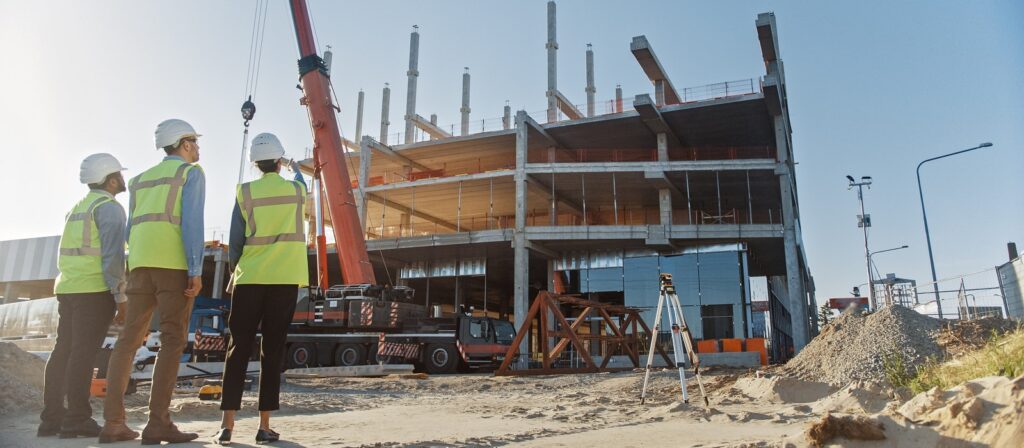The global nature of the reinsurance industry has enabled the diversification of risk away from concentration in specific regions to the larger global market. However, record catastrophe losses, inflation stemming from increased interest rates, geopolitical tensions and heightened climate risk are putting operating pressures on insurers and reinsurers. The increasing frequency of higher magnitude natural disasters against the backdrop of a bearish market with rising interest rates sets up a perfect storm for reinsurers to harden their pricing to reflect a more prudent risk appetite.
Although (re)insurers have been reporting record catastrophe-related losses since 2017, many of them occurred due to smaller, non-peak perils events. Over the past 5 years, peak perils such as cyclones and earthquakes have accounted for less than half of the insured losses, while non-peak perils, such as severe convective and winter storms, wildfire and flooding, have become the secondary driver to annual aggregate catastrophe losses. More non-peak losses occur in catastrophe-prone regions, such as Australia and Japan, in addition to typical typhoon and earthquake-related peak-peril losses.
Since 2020, interest rates have been rising. Typically, during periods of rising interest rates, bonds purchased earlier in the period when rates are lower will tend to have lower market values later in the period. Mark-to-market accounting rules require insurers…
Member only content
Access the full member-only content
This is an abridged version. To access the full article/recording, please complete the form above to request the link to the full version being sent directly to you, or visit the member-only link for the ICMIF Knowledge Hub (for more details of how ICMIF members can access this please click here or contact ICMIF).


